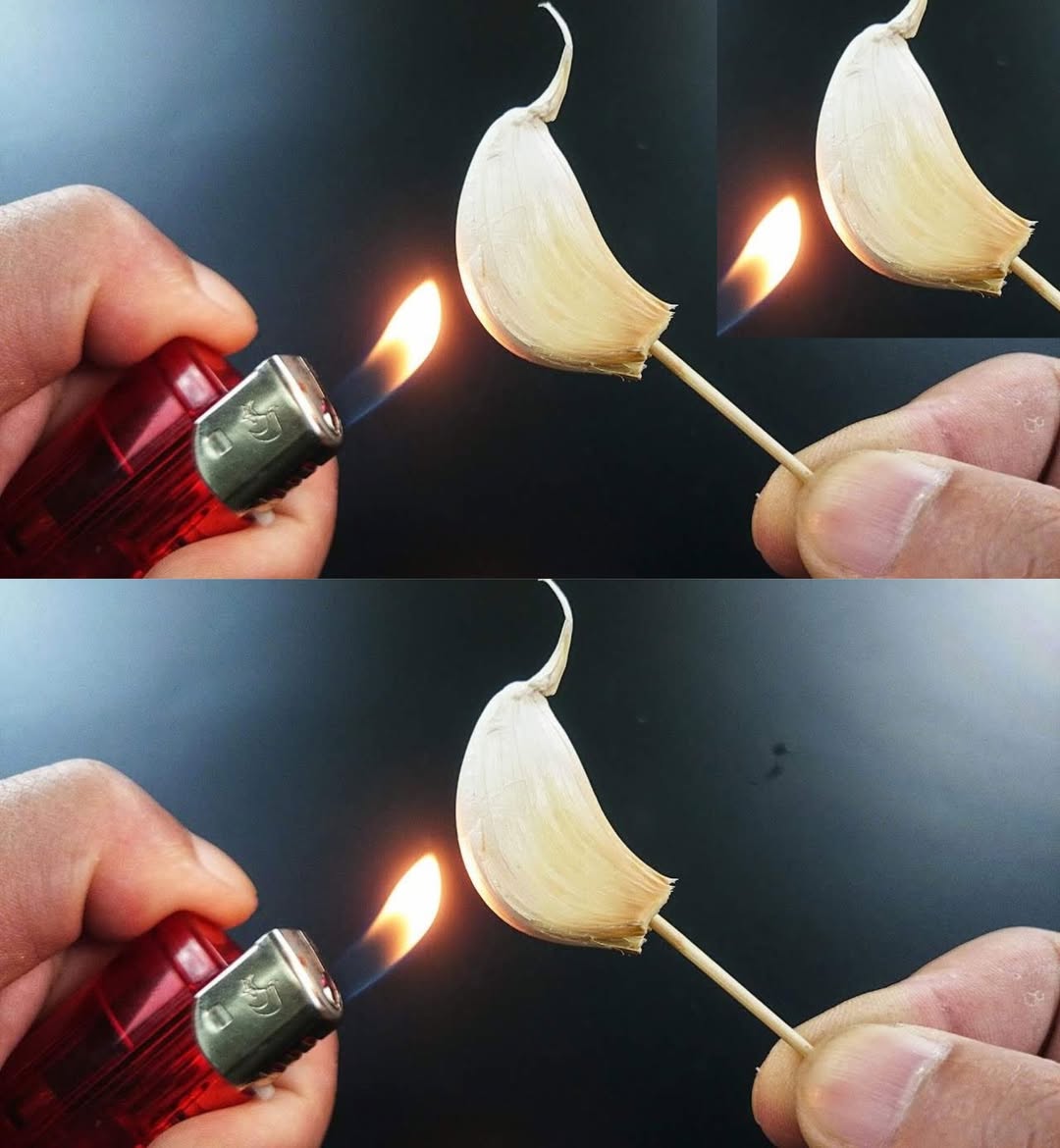Garlic has long been celebrated for its medicinal properties, including its ability to fight bacteria, improve cardiovascular health, and support the immune system. But have you ever wondered what happens when garlic is exposed to heat, particularly when it’s burned or roasted at home? Let’s explore what occurs when you burn garlic for 15 minutes.
What Happens When You Burn Garlic?
When garlic is heated, its chemical composition changes, and it can release different compounds that affect its taste, aroma, and health benefits. Here’s what typically happens when you burn garlic over a period of 15 minutes:
1. Aroma Changes:
- Before Burning: Raw garlic has a pungent, sharp aroma due to its sulfur-containing compounds, especially allicin.
- After 15 Minutes of Heat: As garlic is exposed to heat, allicin breaks down, and the garlic begins to mellow. The strong, spicy scent fades, and a rich, roasted aroma takes over. The garlic starts to smell sweet and nutty, which can make it more palatable for some people.
2. Flavor Alteration:
- Raw Garlic: Garlic’s raw flavor is intense, pungent, and sharp. It can sometimes be overpowering, which is why it’s often used sparingly in dishes.
- After Burning: When garlic is burned or roasted, the heat breaks down the sharpness of the raw flavor. It becomes sweeter, with a caramelized taste. However, if garlic is left in the heat for too long and burns, it can turn bitter and unpleasant. The bitter notes can overwhelm the natural sweetness that develops when garlic is roasted correctly.
3. Nutritional Changes:
- Allicin Degradation: The key active compound in garlic, allicin, is created when garlic is crushed or chopped. However, allicin is heat-sensitive and degrades under prolonged exposure to high temperatures. After 15 minutes of burning, much of the allicin will have broken down, which means the health benefits associated with this compound, such as its antimicrobial and anti-inflammatory properties, may be reduced.
- Loss of Potent Antioxidants: High heat can also diminish garlic’s antioxidant properties. While roasted garlic still contains beneficial nutrients like vitamin C and manganese, the level of antioxidants is lower than in raw garlic.
4. Textural Changes:
- Before Burning: Raw garlic is firm, with a slightly crunchy texture.
- After 15 Minutes of Heat: As garlic burns, it softens and caramelizes. Roasting or baking garlic at moderate heat turns it into a smooth, spreadable paste. However, if the garlic is actually burned, it may become dry, brittle, and inedible.
Health Implications of Burning Garlic:
- Loss of Health Benefits: Since allicin is the most studied compound in garlic for its health benefits, burning garlic for too long may mean you’re not getting the full medicinal effects, such as enhanced immune support and reduced inflammation. Light roasting or cooking garlic at lower temperatures (just enough to soften and sweeten it) is a healthier way to preserve its nutrients.
- Caution Against Burning: When garlic is burned, it can also develop compounds that are potentially harmful. For example, burnt food, including burnt garlic, may form acrylamide, a substance that has been linked to an increased risk of cancer in animal studies (though more research is needed on human health effects). Thus, it’s important not to burn garlic and to monitor it carefully when cooking.
